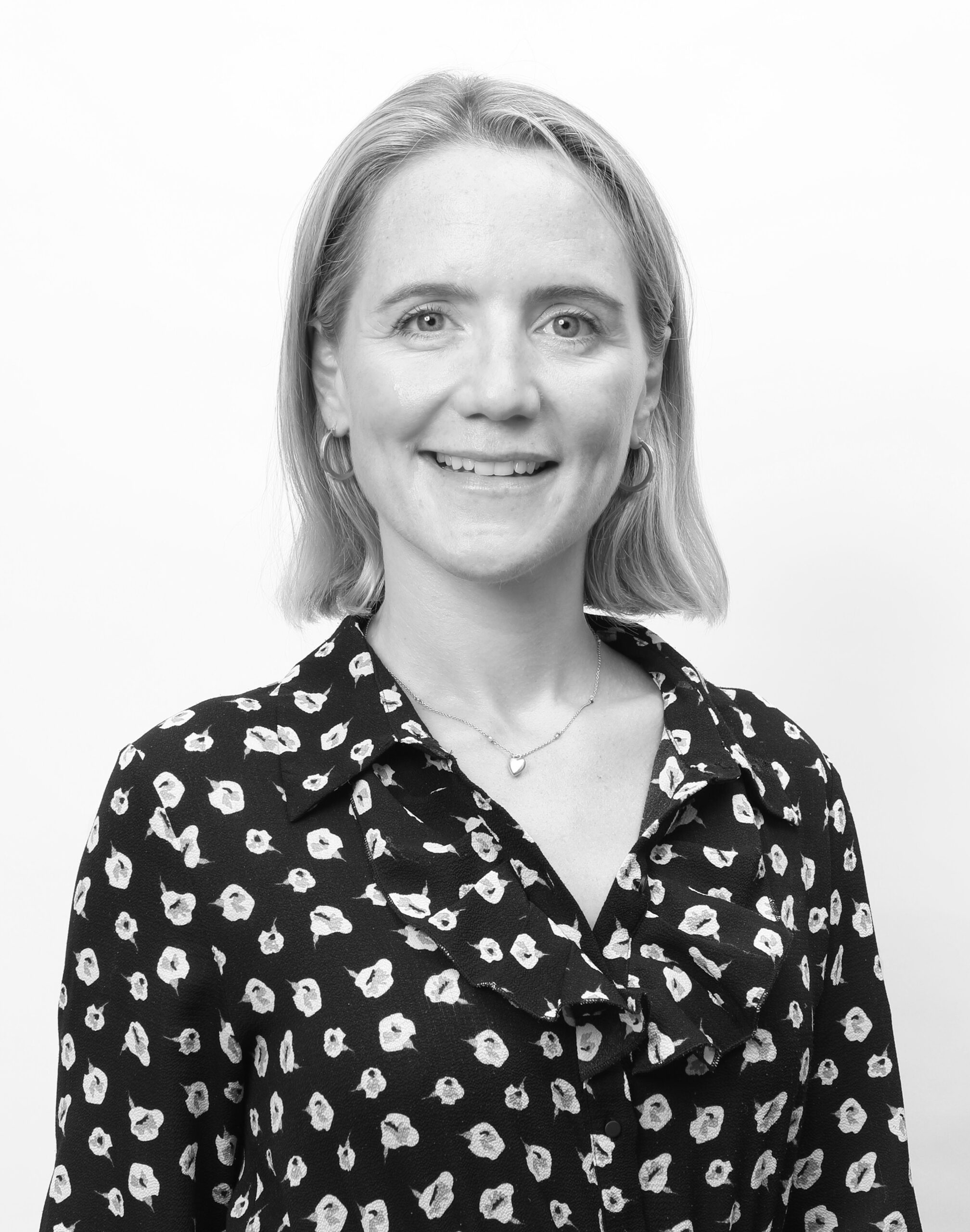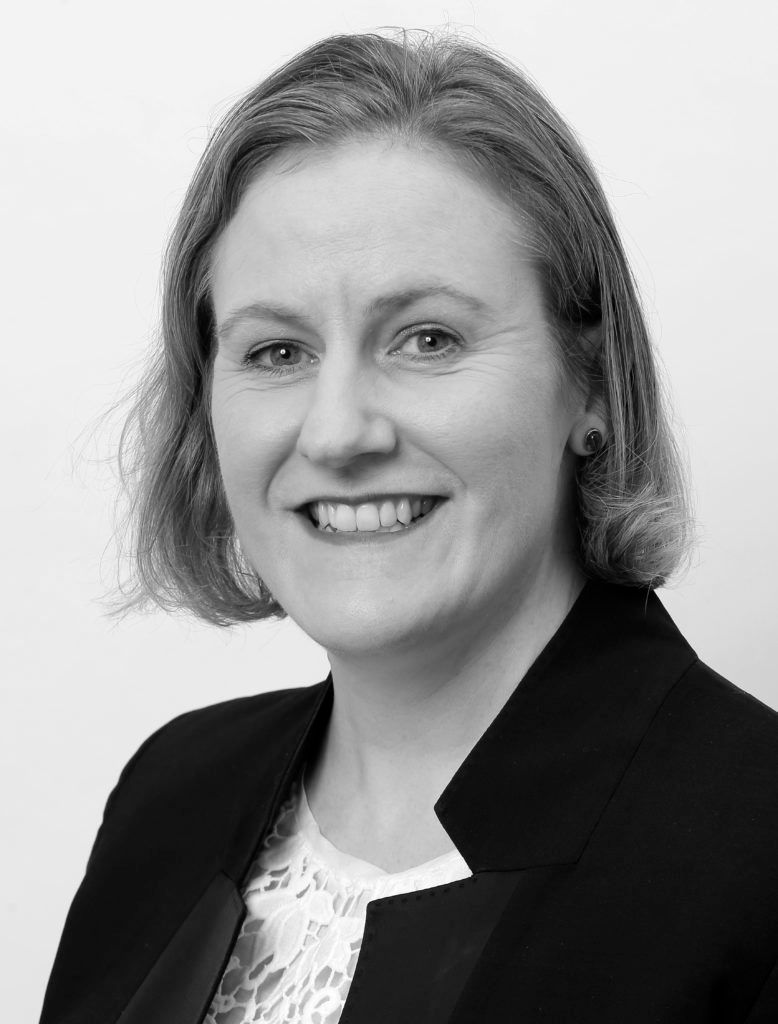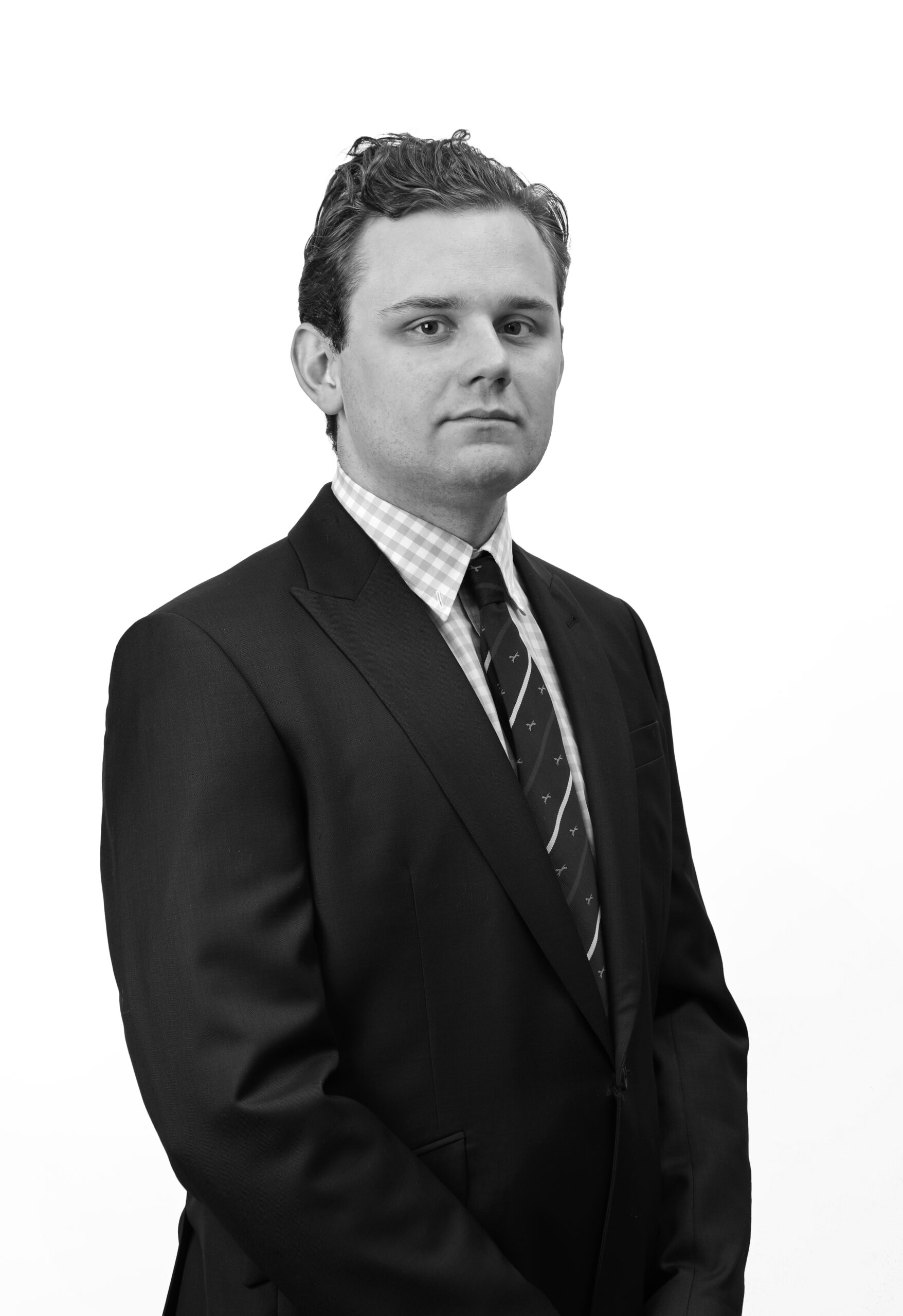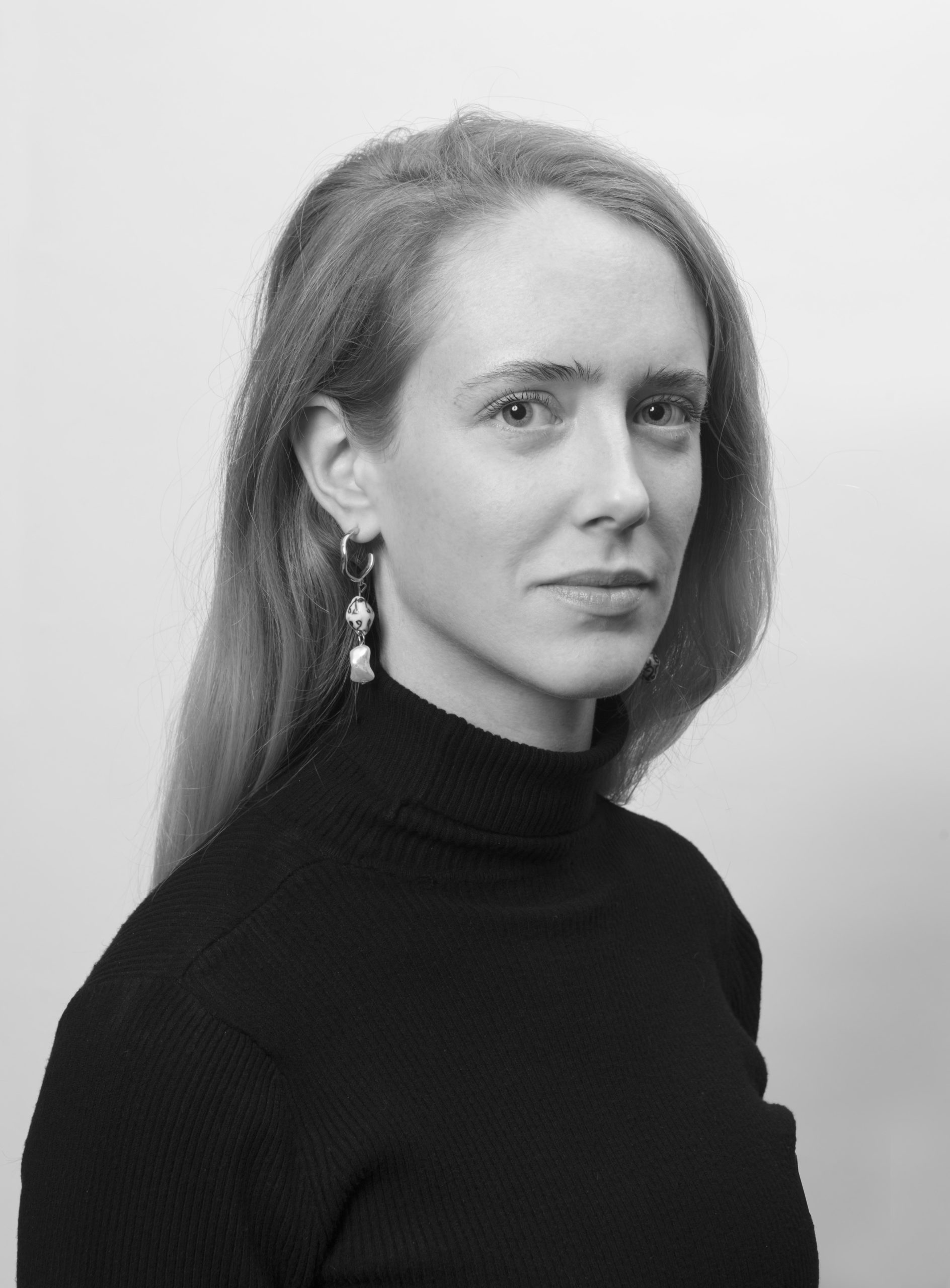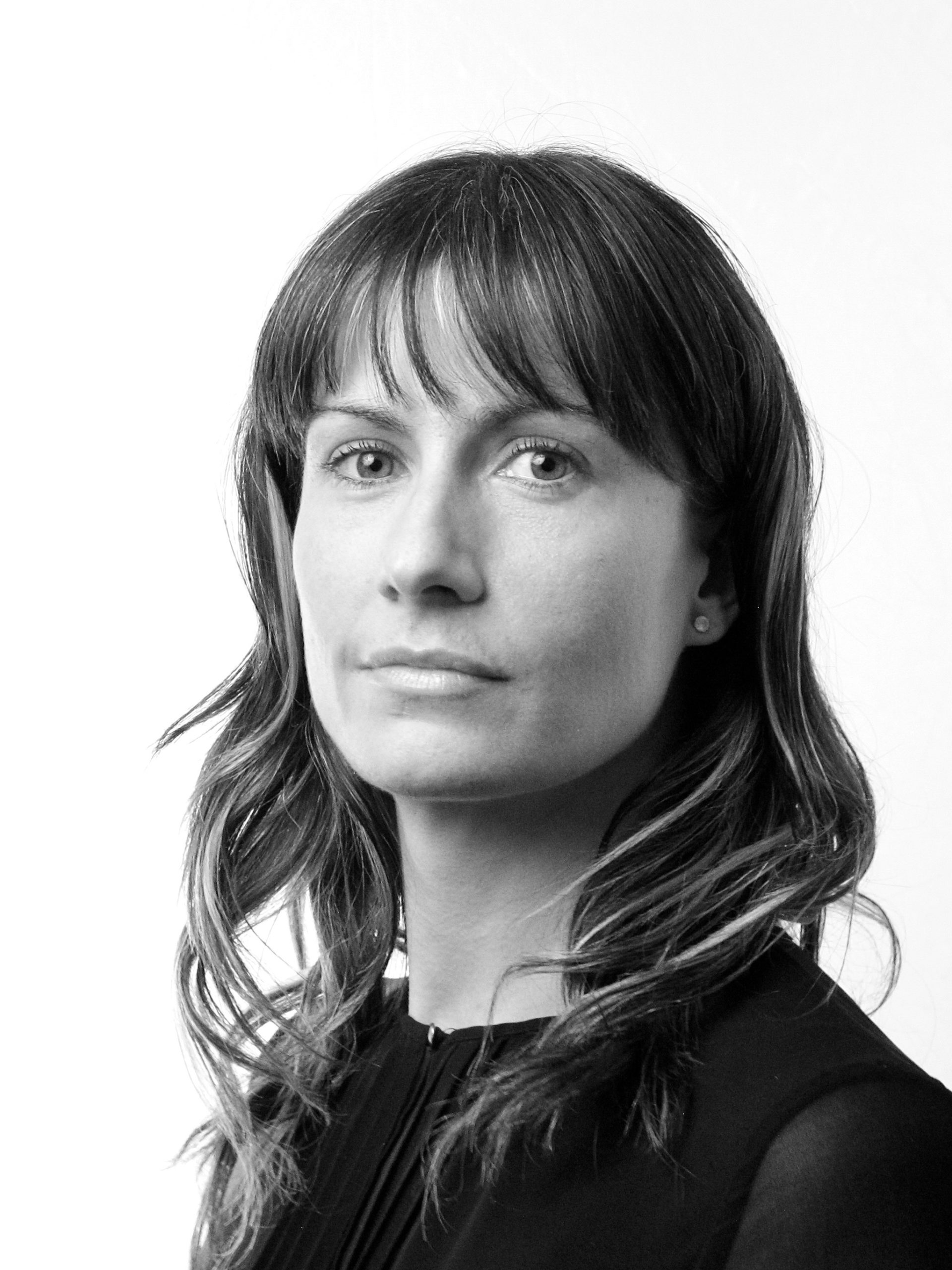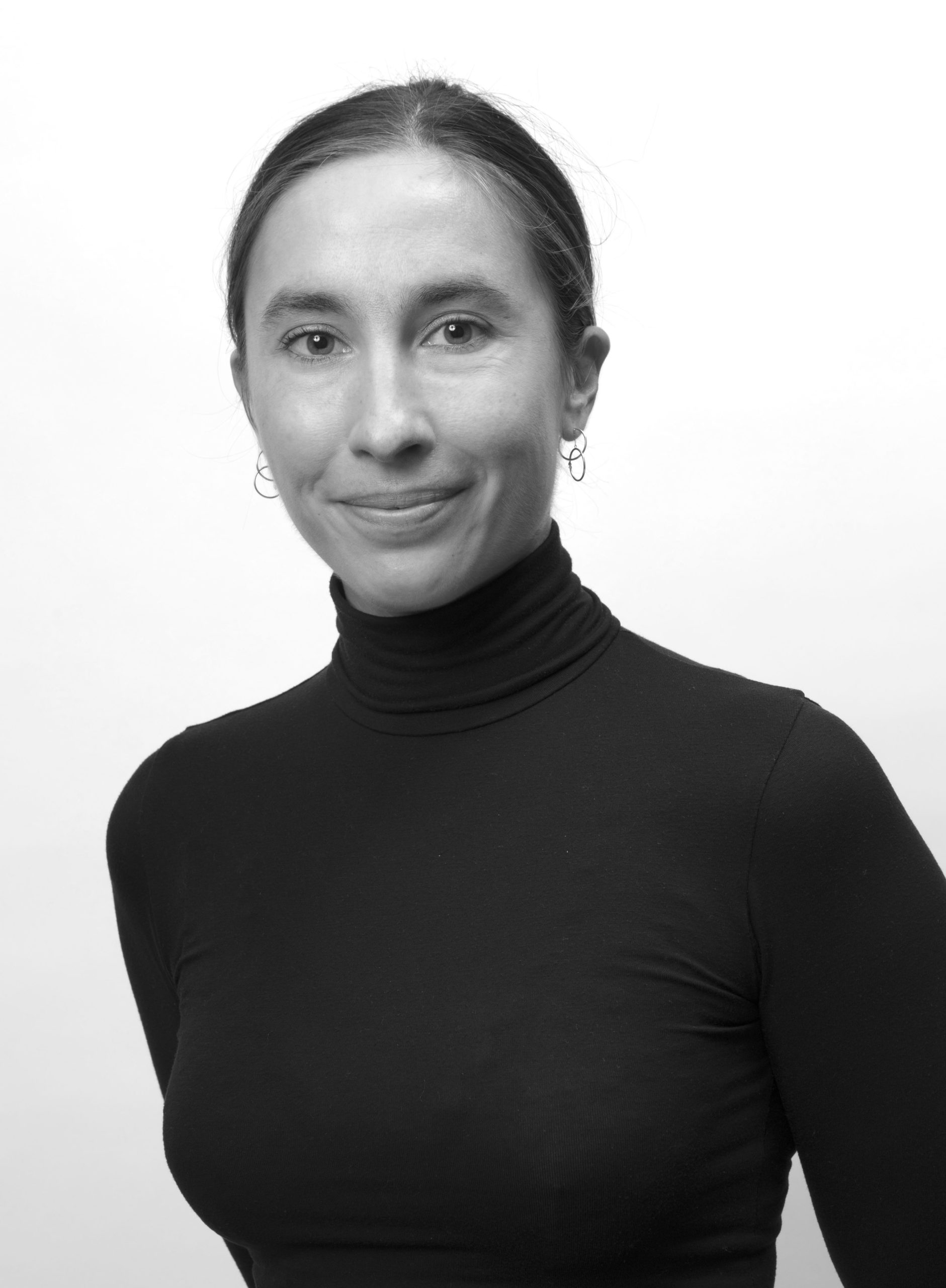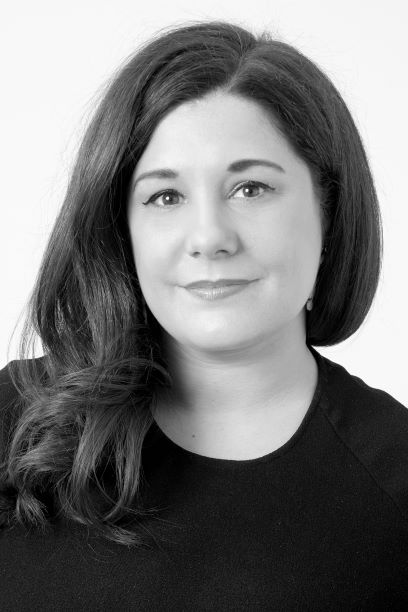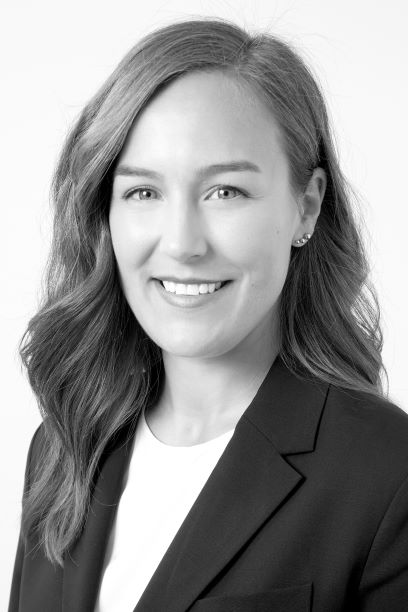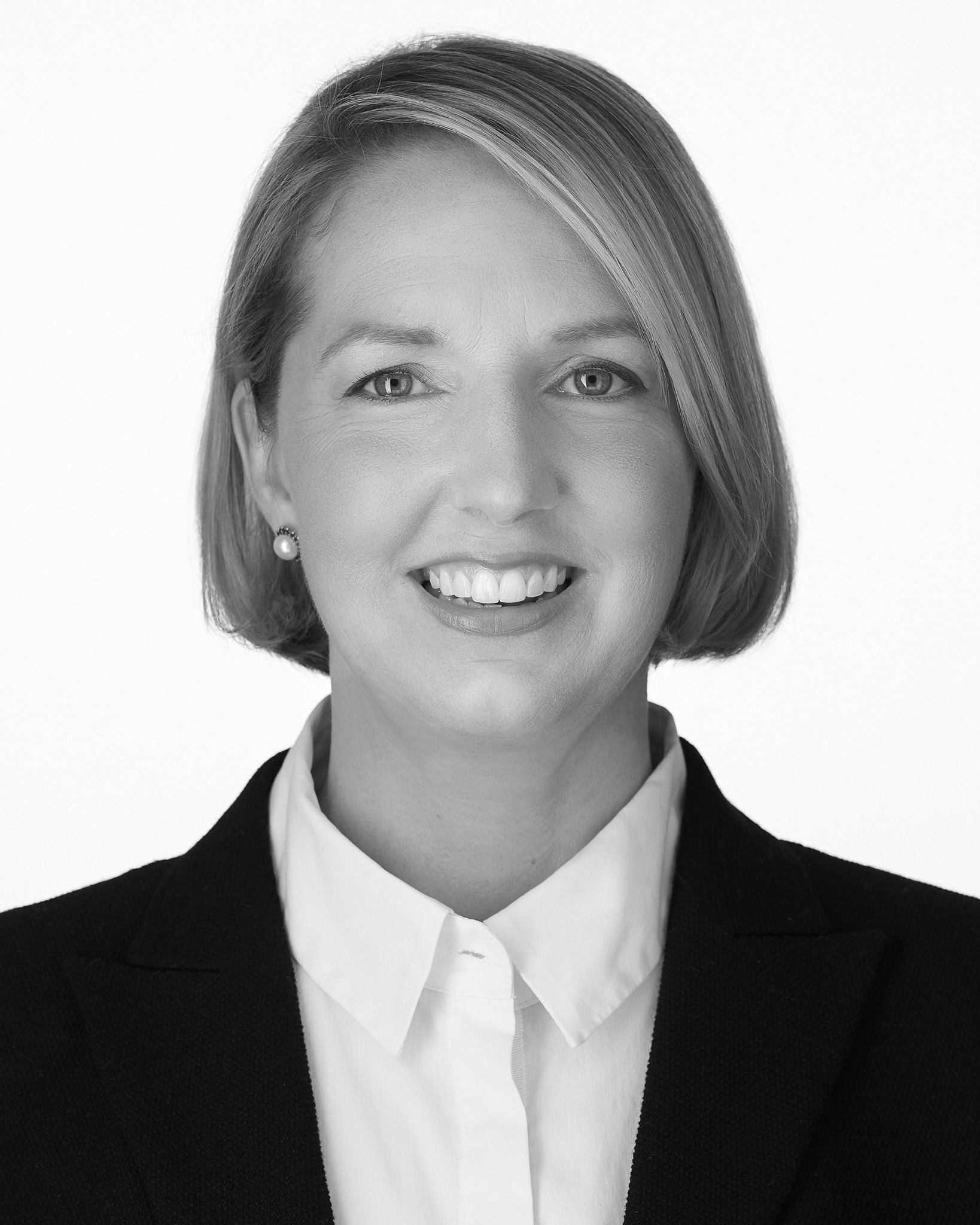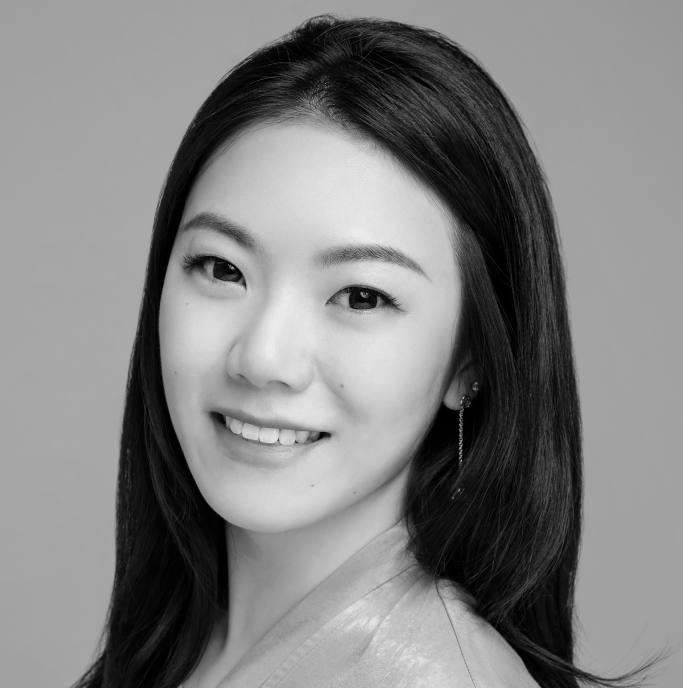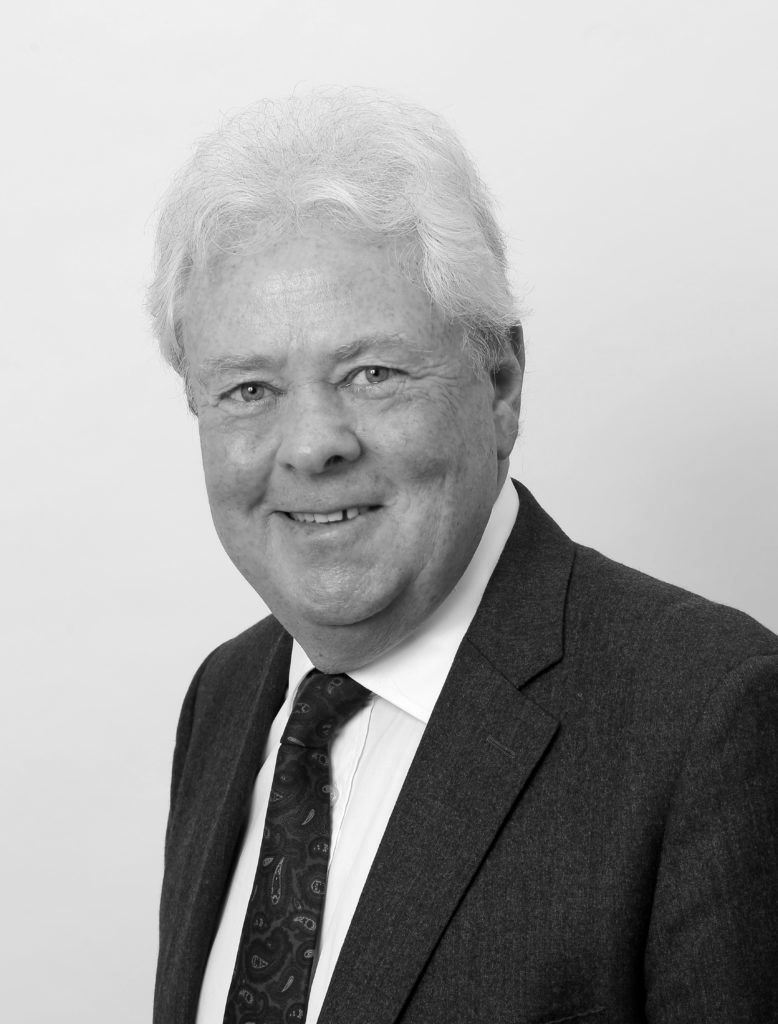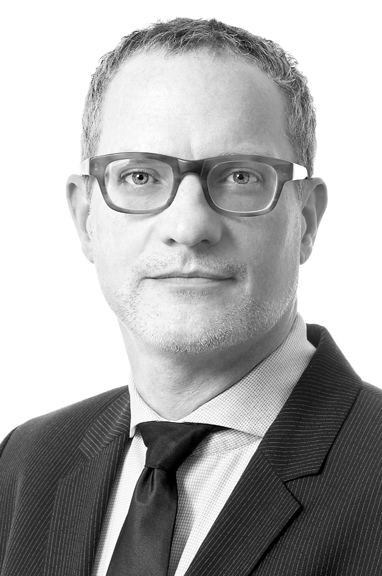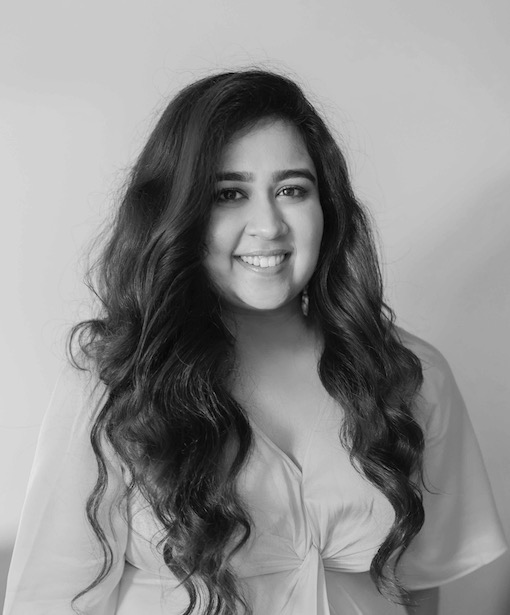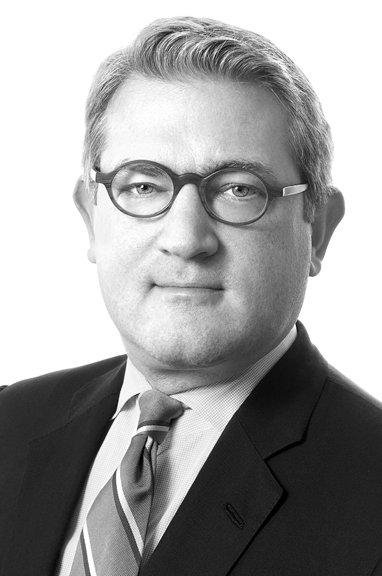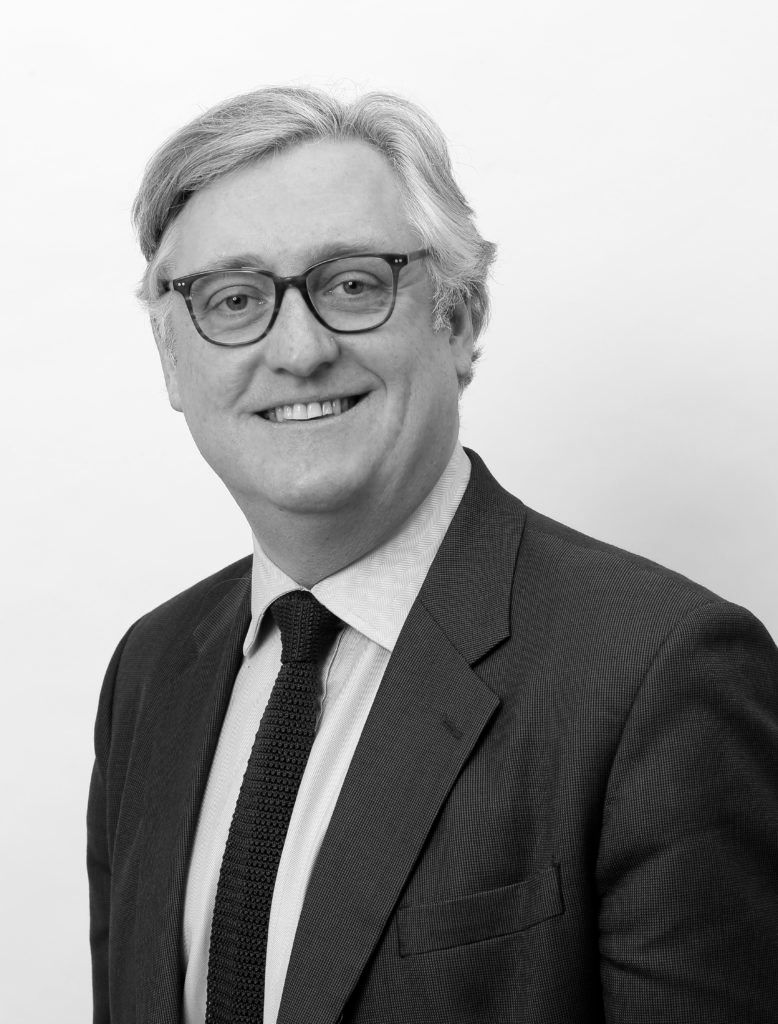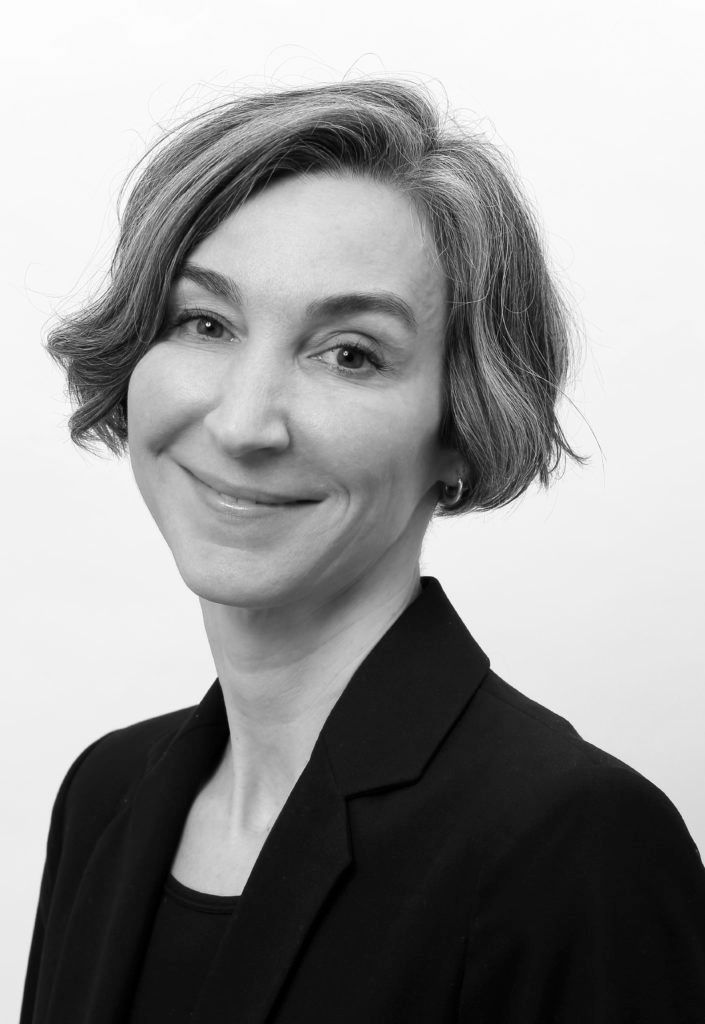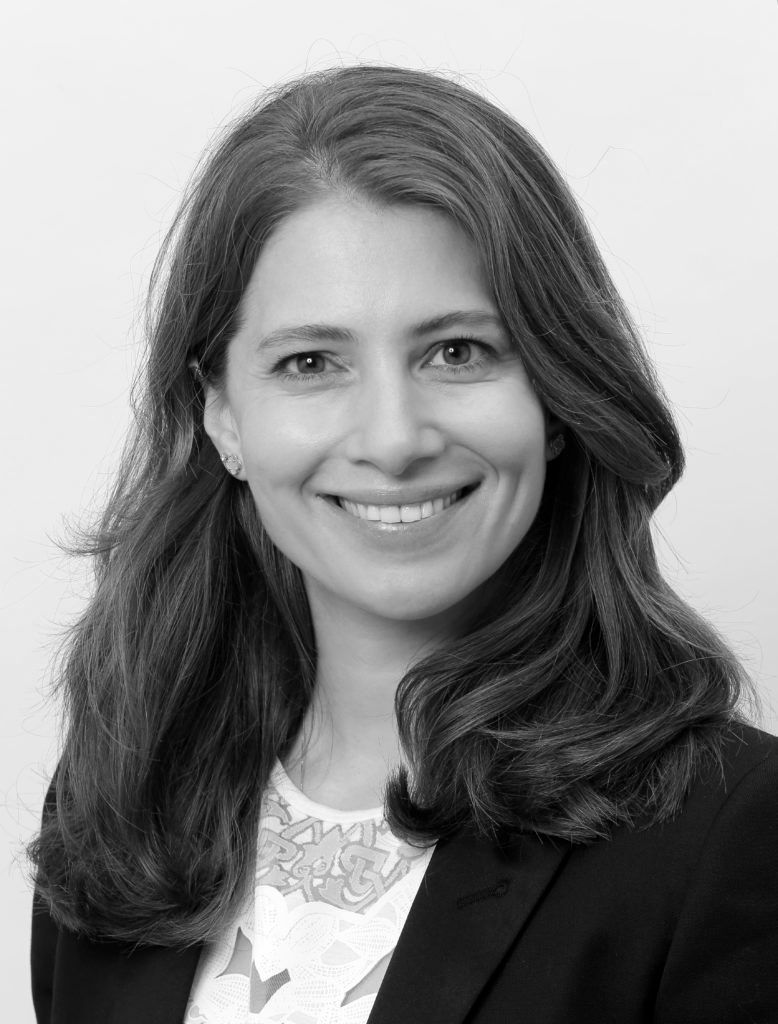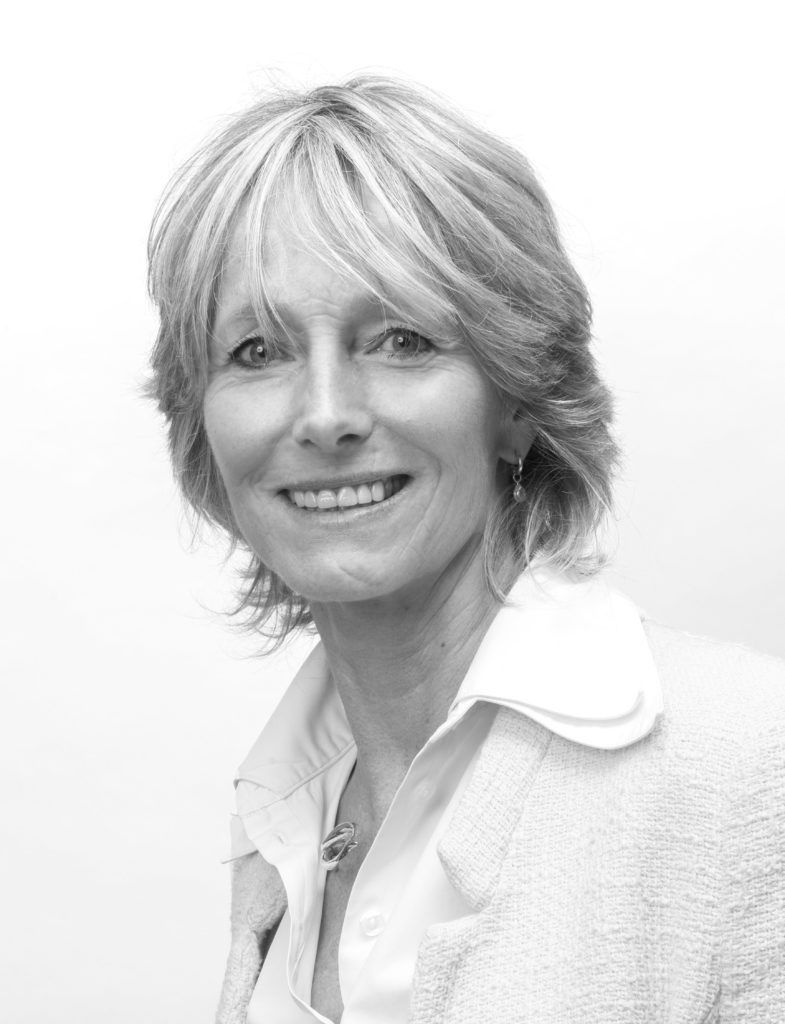Gurr Johns: Perspectives sees our specialists share their views, opinions and insights about the art world. In the first of the series, Shea Goli shares her thoughts on the contemporary market during COVID-19 including market trends, NFTs, and the artists on her radar.
What has surprised you most about the contemporary market’s response to the global pandemic?
Fifteen years ago, the pandemic would have been disastrous for the art market so thankfully advances in digital technology have enabled the art world to adapt quickly and move completely online. While Zoom, social media and Clubhouse chats have been helpful, and no doubt long overdue in our industry, they can’t begin to replicate the in real life experience of standing in front of a work of art or chance meetings at an art fair or gallery opening. Even the most impressive online viewing rooms have simply reinforced to our advisory team at Gurr Johns the importance of the non-digital space as a channel for discovering new art and engaging in personal relationships. There is a certain momentum and energy to selling art that cannot be captured digitally.
As a contemporary art advisor, it’s really tricky to work in this context and with so many obstacles; our business is based on relationships and you can’t underestimate the value that clients place on our specialist insights and access. That said, while restrictions have been challenging, they have also highlighted the need for change. The push to digital in a mostly antiquated business has provided new and exciting opportunities for artists and new collectors, as well as showing us that we can all afford to slow down when it comes to travel and art fairs!
How has this rollercoaster year affected the art of collecting?
Obviously every collector is different, but we’ve definitely identified some consistent trends. For example, a lot of our established collectors have looked to us to provide more information, market intelligence and reassurance about potential acquisitions, partly because of the economic circumstances, but mainly because of practical and geographical barriers.
We’ve also witnessed clients developing a growing interest in discovering emerging artists, as well as artists who have previously been overlooked by established art historical narratives. Despite the uncertainty of the last year, interest appears to be veering away from established contemporary artists (partially because of the lack of quality works available on the market) and focusing instead on lesser-known artists and periods, with a notable level of activity in the sub $500k level.
Rather than trying to keep up with the ever-changing calendar of auctions and art fairs, we’ve found that art collectors have been more interested in following their own schedules and exploring what is available on the private sales market and through galleries. They are more engaged with conversations about how art and the art market are undergoing changes that may lead to new ways of thinking about their collections.
Lastly, the push online has also coincided with a wave of new collectors, many of whom are approaching the art market with a financial mindset. I see this as one of the most intriguing aspects of the last year: without being able to physically engage with art, a lot of new collectors have found information and inspiration from online networks and social media platforms, often on the basis of trends. While I think the art world needs to lose the stigma around viewing collecting as an asset class – no matter what type of collector you are, no one wants to make an unwise financial decision – it would be also unwise to follow all the noise. I think it is more important than ever to seek out information from experts and to have an eye for quality.
Who is on your artist radar?
I’ve been really struck by the work of Lauren Quin, a recent graduate from Yale who makes incredibly layered, entropic abstract oil paintings that feel like a very 2021 aesthetic to me. Martha Jungwirth is an established abstract painter who makes often frayed tactical paintings that are both intense and restrained and I love her colour palettes. And Caroline Walker – I love the framing of the seemingly mundane scenes that she paints. She captures the everyday experience felt by different types of women across society in a documentary approach that are in fact glimpses into a more charged, complicated and nuanced space.
NFTs – good, bad or indifferent?
It’s a section of the art market that has been becoming increasingly prominent over the last couple of years, and one which has increasingly come up for discussion over the last year. Obviously, the record-breaking sale at Christie’s has supercharged the topic and thrown it into the centre of conversation; but it’s very important to make the distinction and understand how the sale of Everydays: The First 5,000 days is intrinsically linked to the rise of cryptocurrency – it’s worth noting that both the buyer and underbidder are crypto-currency market makers – and that it is impossible to talk about value in the same way that we talk about a Rembrandt, Basquiat, Hockney or Koons – works of art made with and in different parameters. I think NFTs with respect to their blockchain technology offer an interesting proposition for clearer archival methods for artworks, tangible or digital, and this is where real value could be, but we are a long way from there.
It is also interesting that NFTs have made digital art tradeable and that is important to consider when thinking about the new digital mediums with which artists are and will engage with. It is possible this will change the established art market or be its own thing. There are many niches of the art world that can co-exist and overlap. At this stage Gurr Johns’ advice would be to take a cautious approach to NFTs as there are so many new dynamics, concepts and personalities at play – we continue to watch this market very closely.
What’s on your post-lockdown to see list?
I feel lucky in this profession that many of my clients and colleagues are friends, and that my work and social lives often cross-over, so I am looking forward to reconnecting with people and art. I also can’t wait to reclaim the joy of spontaneous discovery: I’ll never again take for granted the opportunity to pop into a gallery if something catches my eye, and I’m planning to go to as many exhibitions, galleries and graduate shows as possible. I miss feeling the vibe!








